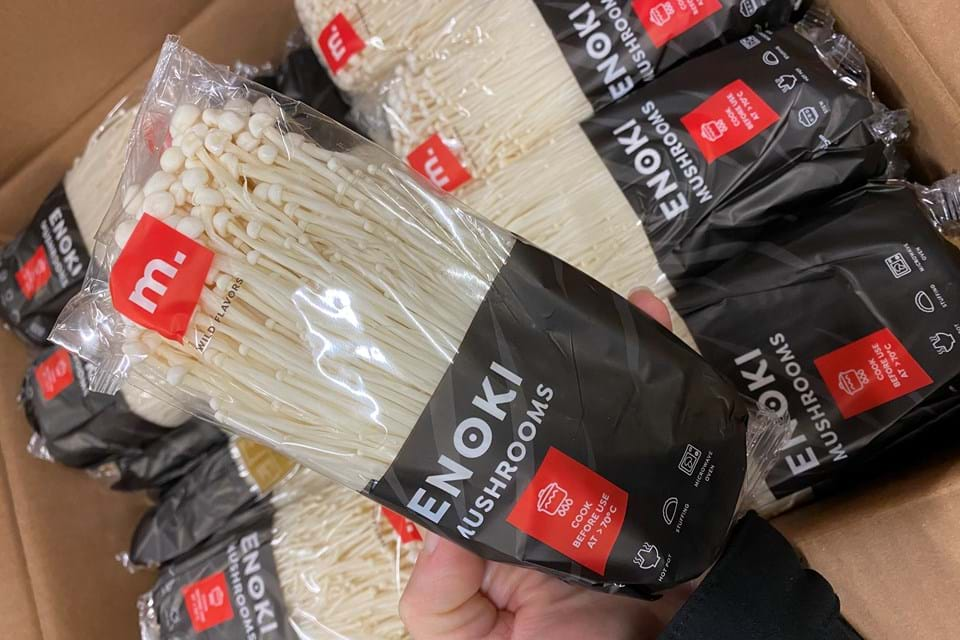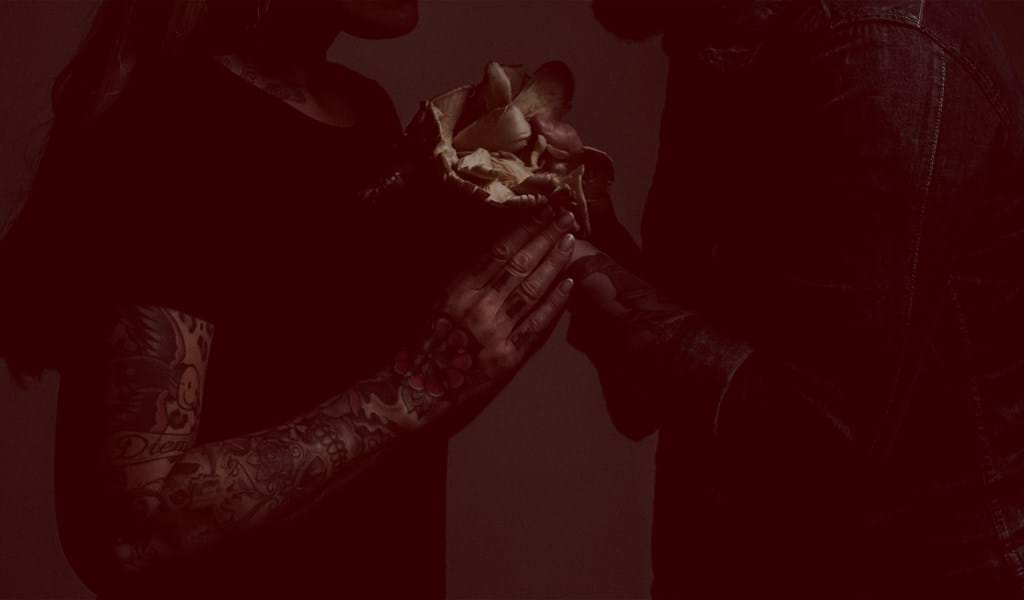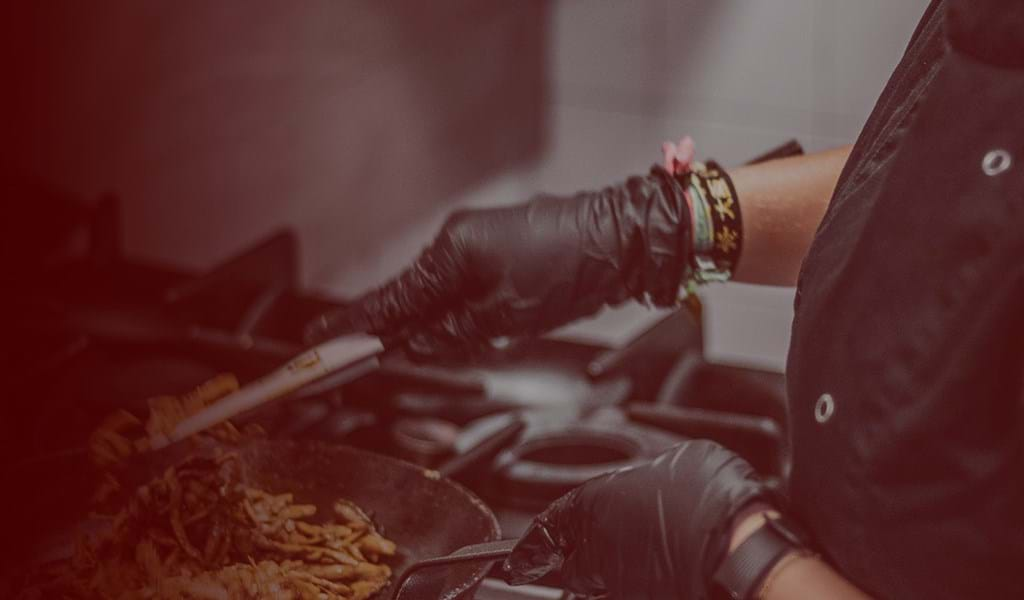Preparing Enoki? DO NOT EAT ENOKI RAW
The Mitrofresh Enoki, also known as 'velvet leg', is a spectacular bundle of white velvet stalks with tiny hats on top. Want to prepare Enoki in a delicious dish? We would like to tell you why Enoki is so delicious, but most importantly, that you should never eat Enoki raw!
Preparing Enoki
Enoki or velvet leg has an attractive, fruity flavour, unique appearance and is low in calories (per 100 grams 34 Kcal) and fat (0.5 grams). Enoki is therefore very popular as an ingredient in dishes. Enoki mushrooms also contain many good nutrients; dietary fibre, niacin, calcium, potassium, selenium, copper, phosphorus and iron, vitamins B, D and proteins. They are anti-inflammatory and an excellent boost to your immune system. In short: delicious and healthy!
Enoki mushrooms are available all year round and are often used in Asian dishes; the perfect mushroom for soup. Sure. But what about Mexican deep-fried Enoki with Nachos. Or Enoki lasagne. This freaky-looking fungus is an eye-catcher in any kitchen. All you have to do to prepare delicious Enoki:
- Cut 1 to 2 cm from the bottom
- Heat above 70 °C for at least 3 minutes
Preparation times
- Stir-frying: 3 to 4 minutes
- Deep-frying: 3 to 4 minutes
- Grilling: 3 to 4 minutes
- Cooking: 5 to 7 minutes
- Steaming: 6 minutes
To learn more about this delicious product from Mitrofresh, read all about Enoki and how to prepare it or watch this YouTube video of a delicious recipe!
Why you should never eat Enoki raw
Listeriosis
On many websites you read that you can eat Enoki raw, but this information is incorrect! Raw Enoki can actually cause Listeriosis, which is caused by the pathogenic microorganism Listeria monocytogenes. Listeriosis is a rare infectious disease that people can get from the listeria bacterium found in Enoki mushrooms, among others (and can also be found in animals, in soil, in water or in ready-to-eat food and on vegetables).
Read what the RIVM says about listeriosis here
Symptoms
Symptoms are usually asymptomatic or mild with flu-like symptoms (fever, muscle pain, gastrointestinal symptoms such as nausea and diarrhoea). In individuals with weakened immune systems, symptoms are usually more severe.
Research
Mitrofresh has commissioned extensive source and contact investigations by laboratories, expertise and consultancy, inspection and training organisation Normec Foodcare into the listeria bacteria in Enoki mushrooms.
Testing methods, parameters Listeria monocytogenes count Q and Listeria monocytogenes Q: ISO 11290-2 (A526, equivalent to ISO 11290-2), ISO 11290-1 (A536, equivalent to ISO
11290-1, AFNOR BRD 07/10-04/05). Via the data analysis method called whole genome sequencing (WGS).
Conclusion
Listeria is resistant to an acidic environment (growth >4.4 pH) or an environment with high salinity (Aw >0.920). The bacterium can survive and grow in low-oxygen and refrigerated
environment (>3 to 42 ºC, at high salt concentrations (up to 10%) and at pH 6-9.6.) and survives in food for a long time, even if these foods are salted or dried.
Listeria also grows easily in food production environments and in your fridge.
Tips to prevent Listeria contamination
- ALWAYS heat dishes containing Enoki thoroughly (at least 3 minutes). Listeria does not survive high temperatures above 70°C. Cooking, baking and frying therefore kills
kills the bacteria. - NEVER eat Enoki mushrooms raw. Not even if you've read somewhere on the internet that this is fine. That information is incorrect!
- Set the fridge to 4°C. This is because the growth rate of Listeria bacteria is three times
slower than at 7°C.
*Read more about (raw) Enoki in the Mitrofresh listeria bacteria survey.


